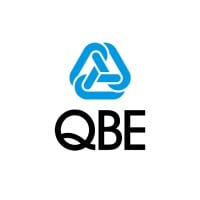
Tokio Marine Group
Tokio Marine Group is a global insurance group that provides safety and security to customers worldwide. The Group consists of Tokio Marine Holdings and over 250 subsidiaries and 26 affiliates located in more than 480 cities in 46 countries and regions worldwide, operating extensively in the non-life (P&C) insurance business, life insurance business, and financial and general businesses. The insurance business is based upon the commitment to be there for our clients in their moment of need. It is a people’s business, therefore our people and the trust they engender is everything. We will continue to build a workforce that has been empowered and enabled to think and act from the customer's point of view and to live up to our corporate vision to be a Good Company.






